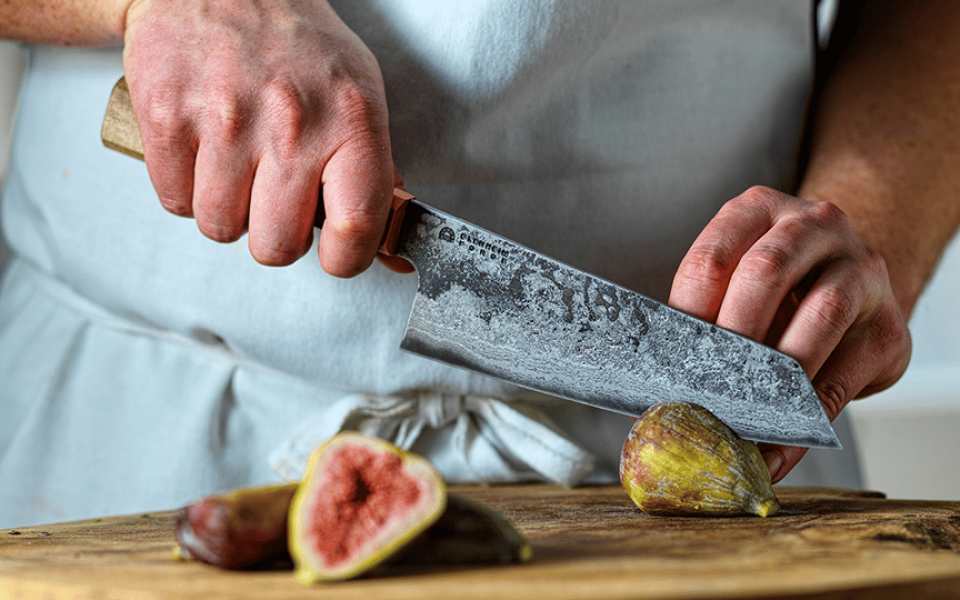Built in 1755 for Elector Carl Theodor von der Pfalz, Benrath Castle is one of Düsseldorf’s architectural highlights. Designed by the French garden and building director Nicolas Pigage, it originally served as a summer and hunting lodge and later as a widow’s residence for Electress Elisabeth Augusta. The main building of the castle, the Corps de Logis, forms a harmonious unit with the surrounding gardens, waters and the park, which stretches as far as the Rhine.
The castle is characterised by its refined architecture, which embodies the Maison de Plaisance type and combines architecture with landscape in a unique way. The façade of the palace follows the traditional idea of an aristocratic country and pleasure house, whereby Benrath represents a modern, multifunctional ensemble. The building consists of four storeys above a basement plinth and comprises around 80 rooms. Connected to the wing buildings by underground passages, the castle has an advanced drainage system.
Benrath Castle regularly hosts guided tours and cultural events, including the popular “Wandelkonzerte”, where early music from the 17. and 18th century in the breathtaking setting of the Corps de Logis. Visitors can also take part in special guided tours through the castle’s “Hidden Rooms”, which offer insights into the invisible infrastructure and extensive canal systems of the castle ensemble.
The collections of the Corps de Logis Museum include objects that are directly related to the castle building, its furnishings and its inhabitants. These include furniture, clocks, textile wallpaper and paintings that illustrate life in Benrath Castle from the 18th to the 20th century. The museum also houses a collection of Frankenthal porcelain that reflects the artistic design and high quality of the manufactory’s products.
The Museum of Garden Art is dedicated to European garden art and its history, while the Natural History Museum in the western wing of the castle presents the regional flora and fauna as well as the bird collection of Dr Peter Frey. The Natural History Museum also houses the permanent exhibition “How people see animals” with the animal sculptures by Josef Pallenberg.
Editor’s Tip:
Take the time to visit the Poggenpohl Studio in Düsseldorf.







